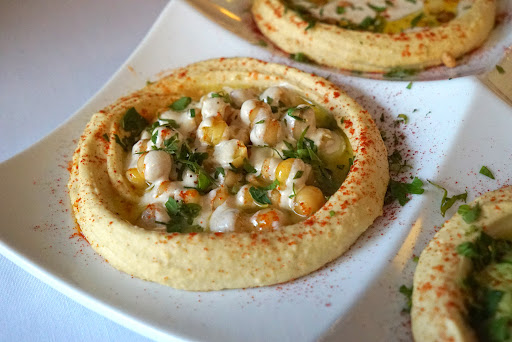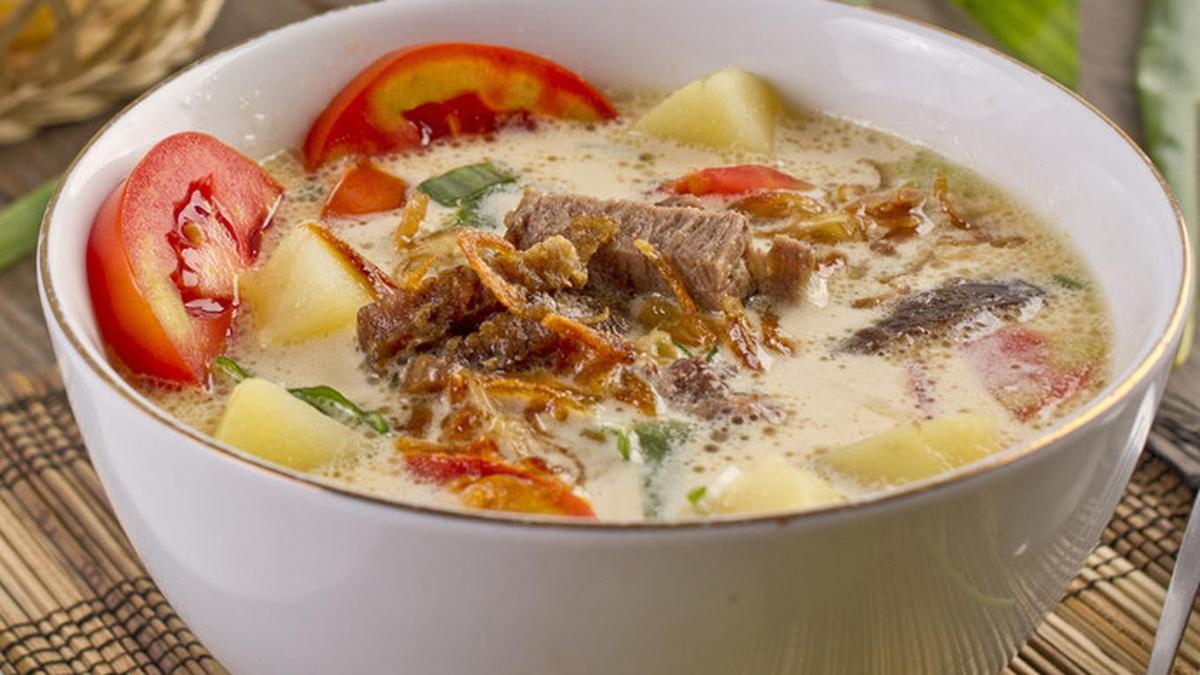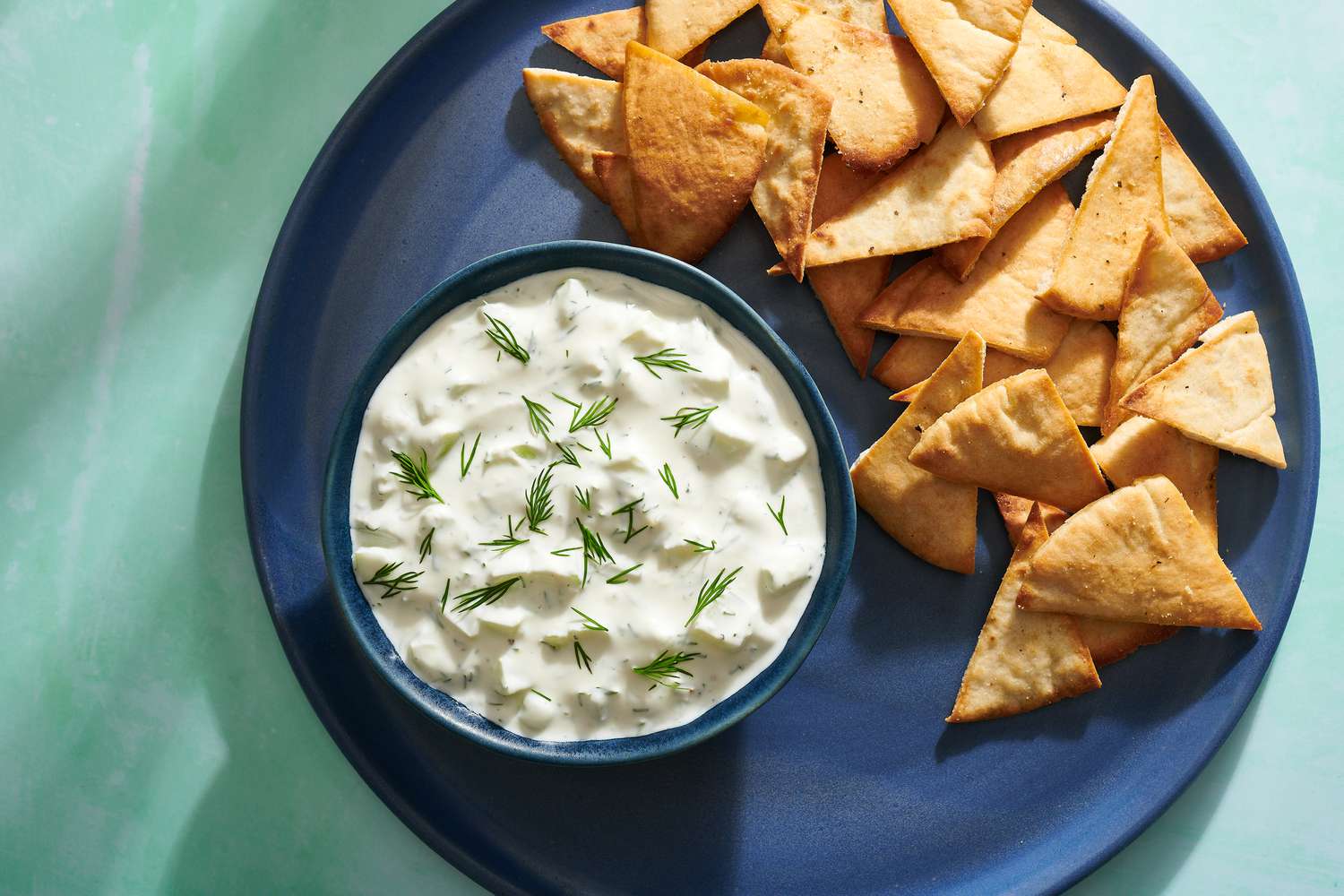Hummus is more than just a dip—it’s a creamy, nutritious, and deeply rooted dish that has been a staple of Middle Eastern and Mediterranean cuisine for centuries. Made from chickpeas, tahini, olive oil, lemon juice, and garlic, this beloved spread has won the hearts (and taste buds) of people worldwide.
But what makes hummus so special? Is it just a dip, or does it hold deeper cultural significance? In this guide, we’ll explore the history of hummus, its health benefits, traditional and modern variations, and the best ways to enjoy this Middle Eastern classic.
The Origins of Hummus: A Dish with Ancient Roots

The exact origins of hummus are widely debated, with Lebanon, Israel, Palestine, Egypt, and Syria all claiming to be its birthplace. While no single country can claim exclusive ownership, historical records trace hummus back to the 13th century in the Middle East, where chickpeas were a staple ingredient in various dishes.
- The word “hummus” (حُمُّص) means “chickpeas” in Arabic.
- Early versions of hummus appear in medieval Arabic cookbooks, though they lacked tahini, which was added later.
- Some historians link hummus to ancient Egypt, where chickpeas were widely cultivated and consumed.
📌 Fun Fact: In 2009, Lebanon set a Guinness World Record for the largest hummus dish ever made—over 2,000 kg!
What’s in Hummus? The Key Ingredients
Authentic hummus relies on a few simple ingredients, each playing a crucial role in its texture and flavor.
- Chickpeas (Garbanzo Beans) – The base of hummus, providing a creamy texture and protein boost.
- Tahini (Sesame Paste) – Adds richness and a slightly nutty flavor.
- Olive Oil – Enhances smoothness and adds a fruity undertone.
- Lemon Juice – Balances the creaminess with acidity.
- Garlic – Brings depth and an aromatic bite.
- Salt & Cumin – Essential seasonings for enhancing flavor.
📌 Pro Tip: For extra creamy hummus, peel the chickpeas or blend them warm—heat helps break down starches for a silkier texture!
How to Make Traditional Hummus
Making hummus at home is easy, cost-effective, and healthier than store-bought versions.
Classic Hummus Recipe
Ingredients:
- 1 can (15 oz) or 1½ cups cooked chickpeas
- ¼ cup tahini
- 3 tbsp lemon juice
- 2 tbsp olive oil
- 1-2 garlic cloves
- ½ tsp salt
- ½ tsp cumin (optional)
- 2-4 tbsp water (for consistency)
Instructions:
- Blend the tahini and lemon juice for 1 minute until creamy.
- Add garlic, olive oil, cumin, and salt, then blend again.
- Add chickpeas gradually, blending until smooth.
- Adjust with water until you achieve a light, fluffy consistency.
- Garnish with olive oil, paprika, and fresh parsley before serving.
📌 Pro Tip: Let hummus sit for 30 minutes before serving—it allows flavors to meld beautifully!
Hummus Variations: From Classic to Creative
While classic hummus is delicious, modern adaptations bring exciting flavors and textures to the table.
A. Regional Variations
- Masabacha (Israel/Palestine) – A chunkier version with whole chickpeas and extra tahini.
- Beiruti Hummus (Lebanon) – Infused with spicy chili and parsley.
- Turkish Hummus – Often served warm and cooked with butter.
B. Modern Twists
- Roasted Red Pepper Hummus – Adds a smoky-sweet depth.
- Avocado Hummus – Combines guacamole with Middle Eastern flavors.
- Spicy Harissa Hummus – Infused with North African chili paste for a fiery kick.
- Beetroot Hummus – Vibrant pink color with an earthy-sweet flavor.
📌 Fun Fact: Hummus-inspired products like hummus chips, chocolate hummus, and hummus ice cream have emerged in recent years!
Health Benefits of Hummus: Why It’s a Superfood
Hummus isn’t just delicious—it’s also packed with nutrients and health benefits.
- Rich in Protein & Fiber – Helps with digestion and keeps you full longer.
- Heart-Healthy Fats – Olive oil and tahini contain good fats that support cardiovascular health.
- Low Glycemic Index – Helps regulate blood sugar levels.
- Plant-Based & Gluten-Free – A perfect option for vegan and gluten-free diets.
📌 Did You Know? Studies suggest that chickpeas help reduce inflammation and support gut health!
The Best Ways to Serve & Eat Hummus
Hummus is incredibly versatile, working as a dip, spread, or ingredient in various dishes.
A. Classic Pairings
- With Pita Bread – A traditional favorite.
- With Fresh Vegetables – Carrots, cucumbers, and bell peppers make perfect dippers.
- With Falafel – A match made in Middle Eastern culinary heaven.
B. As a Spread or Sauce
- In Sandwiches & Wraps – Replaces mayonnaise for a creamy, healthy touch.
- As a Salad Dressing – Mixed with lemon juice and olive oil.
- On Grain Bowls – Drizzled over quinoa, rice, or couscous for extra flavor.
C. Unexpected Uses
- Hummus-Stuffed Deviled Eggs – A healthier twist on a classic.
- Hummus Pizza Base – A creamy layer instead of tomato sauce.
- Hummus Pasta Sauce – Blended with water and spices for a unique creamy sauce.
📌 Pro Tip: Try whipping hummus with Greek yogurt for an ultra-light dip!
Hummus in Global Cuisine
Hummus has expanded beyond the Middle East, becoming a global food trend.
- In the U.S., hummus is a popular health food, sold in grocery stores nationwide.
- In Europe, variations like truffle hummus and sun-dried tomato hummus are gaining popularity.
- In Asia, fusion dishes like hummus sushi and hummus dumplings are emerging.
📌 Fun Fact: The world’s largest hummus consumption per capita is in Israel, where people eat more than 15,000 tons of hummus per year!
Conclusion
Hummus is more than just a dip—it’s a cultural icon, a nutritional powerhouse, and a deliciously versatile food. Whether you enjoy it the wdbos traditional way or with a creative twist, hummus remains a timeless favorite across the globe.
🔥 So grab some chickpeas, whip up a batch, and experience the magic of homemade hummus! 🥄✨




